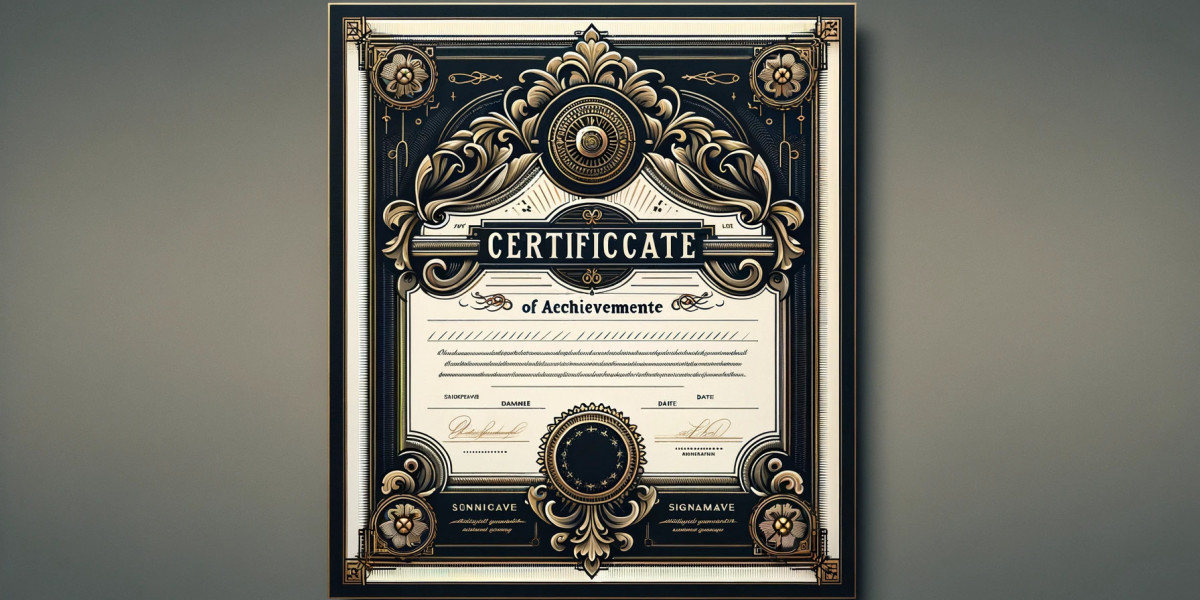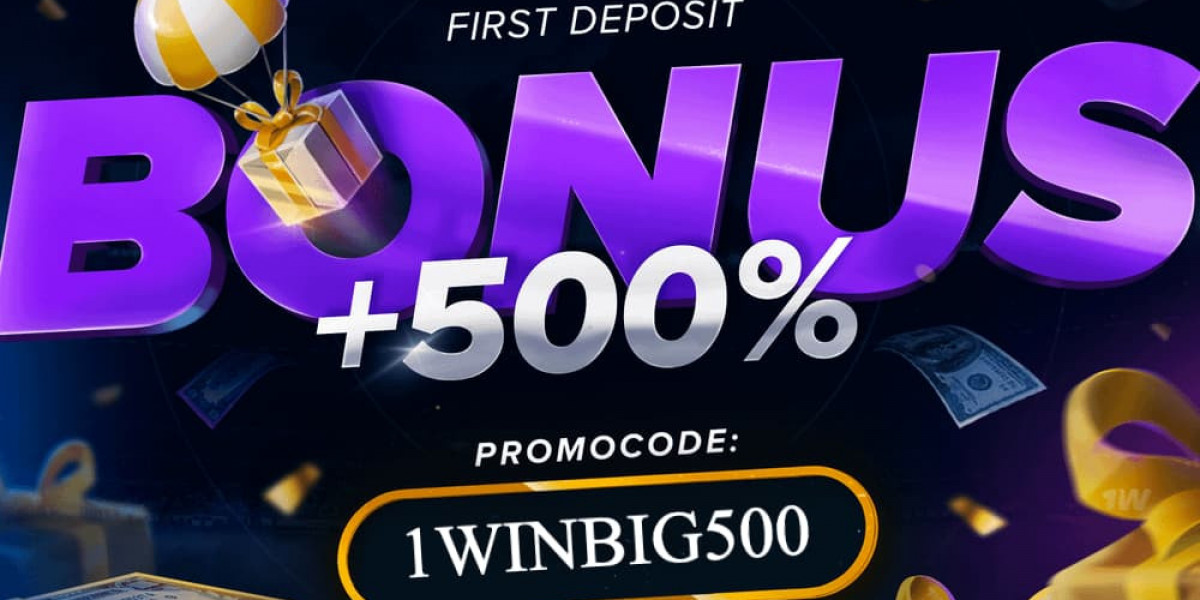Introduction
In the world of clubs and organizations, whether they're academic, professional, or recreational, recognizing and celebrating the achievements of members is crucial. One of the most tangible and traditional ways to do this is through the issuance of club certificates. These certificates, often overlooked, play a significant role in motivating members, acknowledging their hard work, and creating a sense of belonging and achievement.
Why Club Certificates Matter
Recognition of Effort and Achievement: First and foremost, club certificates serve as a formal recognition of a member's efforts and achievements. Whether it's for outstanding participation, leadership, or specific accomplishments within the club, these certificates put a spotlight on hard work and dedication.
Motivation and Incentive: The prospect of receiving a certificate can be a significant motivator for members. It encourages them to actively participate and strive for excellence within the club's activities.
Resume Building: Particularly in academic and professional clubs, certificates can enhance a resume by showcasing involvement and achievement in extracurricular activities. This can be particularly beneficial for students and young professionals.
Creating a Sense of Community: Certificates often help in fostering a sense of community and belonging. They can create a tradition within the club, where achievements are celebrated collectively.
Memories and Keepsakes: Certificates serve as a physical reminder of a person's involvement and achievements in the club. Long after the club days are over, these certificates remain as keepsakes that members can look back on with pride.
Designing Effective Club Certificates
Aesthetic Appeal: A well-designed certificate should be visually appealing. This includes thoughtful choices in color, typography, and layout. An attractive certificate is not only more enjoyable to receive but also more likely to be displayed by the recipient.
Personalization: Personalization is key. Including the member’s name, specific achievement, and the date makes the certificate more meaningful.
Quality Materials: The quality of the paper and printing used for certificates can greatly affect their perceived value. High-quality materials can elevate the status of the certificate.
Branding: Incorporating the club's logo and colors can strengthen the sense of identity
and belonging. It also enhances the professional look of the certificate, aligning it with the club's image and values.
- Clarity and Simplicity: While aesthetics are important, clarity should not be compromised. The certificate should clearly state the purpose, the recipient's name, and other relevant details without being cluttered.
Incorporating Certificates into Club Culture
Award Ceremonies: Organizing award ceremonies where certificates are presented can be a special event in the club’s calendar. It not only makes the recipient feel valued but also turns the spotlight on individual and group achievements.
Regular Recognition: Establishing a regular schedule for awarding certificates, such as at the end of each term or year, can create a culture of consistent recognition and celebration.
Peer Nominations: Allowing members to nominate peers for certain awards can foster a supportive environment and encourage peer recognition.
Diverse Categories: Offering certificates in diverse categories ensures that different types of contributions and achievements are recognized, from leadership and creativity to improvement and dedication.
Conclusion
In conclusion, club certificates are more than just pieces of paper. They are powerful tools for recognition, motivation, and community building. By thoughtfully designing and integrating certificates into the club culture, organizations can not only acknowledge the achievements of their members but also inspire continued excellence and dedication. Remember, a certificate is not just an award; it's a testament to a member's journey and growth within the club.
Call to Action
Does your club have a tradition of awarding certificates? How do you ensure that these tokens of appreciation are meaningful and valued? Share your experiences and ideas in the comments below!








